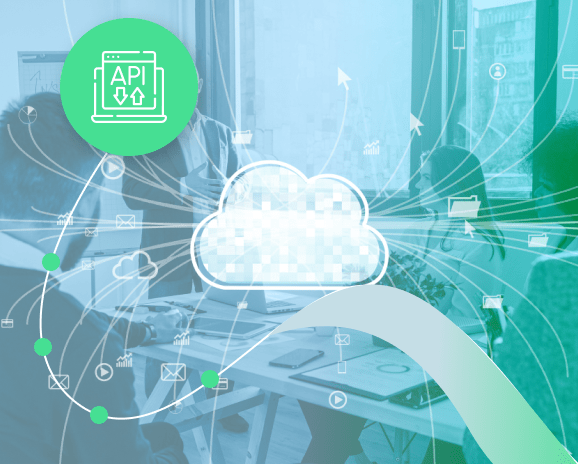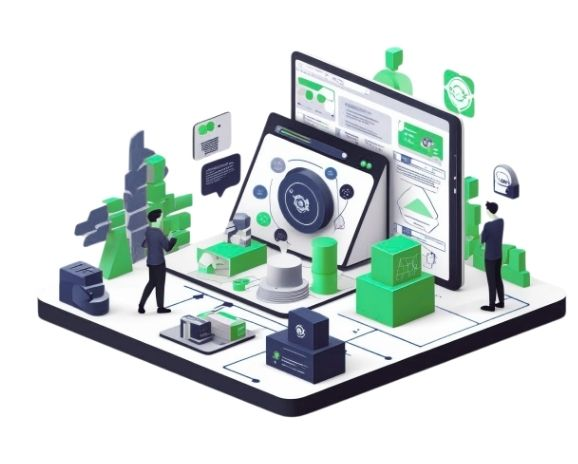Feature Friday: Exploring Enhanced API to Database Testing with Qyrus

Explore the evolution from API to database testing with the latest feature enhancements brought to you by Qyrus. Brett and Joyal take us on a journey through the expanded API testing landscape, shedding light on the integration of database testing and validations. This feature bridges the gap between APIs and databases, ensuring data accuracy and integrity in your applications. From supporting additional database types to asserting lambda functions, Qyrus’ updates enhance the versatility of API to DB testing. Let’s delve deeper into the profound impact this feature promises to have on your testing processes.
Tell us more about the expanded API to database testing features.
Brett:
API testing, for those not aware, also includes database testing and validations that can be made on those tests. Essentially, it takes some API call that might do something like post data, and then it makes a database query to see whether or not the data was entered correctly into the database.
Joyal:
The updates include expanded support for other types such as Snowflake, Netezza, DynamoDB, and DB2. But beyond that, we also have the capability to assert lambda functions, as well. This increases the overall versatility of API to DB testing.
What is the overall impact on the testing process this feature might have?
Brett:
API testing involves a higher level of technicality compared to evaluations of web and mobile applications. It’s susceptible to failures, primarily due to improper test setup. Therefore, we’ve made a concerted effort to simplify the required configurations in this testing domain. Additionally, we’re committed to offering users clear feedback and visual aids to streamline the test creation process. For instance, our JSON tree mapping tool provides a graphical representation of the API’s request body, allowing users to interactively select the desired node and extract the necessary JSON path for database mapping.
Joyal:
Furthermore, this approach presents a solution to several issues by ensuring the correct functionality of both post-API execution logic and the API itself within a single test. In essence, it enables the testing of two distinct entities using a unified test case.
How might these updates help testers, developers, and business technologists? What value can this feature bring?
Brett:
That’s an excellent question. Typically, testers initiate the API testing process with functional testing to validate that the API is performing as intended. They establish suitable assertions within their functional tests to confirm that the API exhibits the desired behavior. Once they are confident that the API behaves correctly, they proceed to set up database assertions to verify the accurate storage of data within their database. This approach helps testers ensure seamless communication between their APIs and databases.
Joyal:
Developers can leverage this approach to ensure the proper functioning of the API itself and validate the correctness of post-API execution logic. Additionally, it allows for the validation of the final output stored in the database, ensuring that the database functions as expected. Developers can incorporate these test executions into their development sprints and continuous integration (CI) pipelines to maintain data processing integrity with each new software build.
Brett:
This feature offers robust reporting capabilities and user-friendly assertion creation, making it an excellent tool for business technologists and analysts seeking deeper insights into their application’s inner workings. Following the data transfer and storage processes is made straightforward with comprehensive reporting, and collaboration is facilitated with options for shared reporting. Furthermore, the codeless approach empowers non-technical specialists to even create test scripts, ensuring synchronization and functionality between the application and the database.
Does the same or similar functionality exist without Qyrus, and how do competitors address similar problems?
Brett:
Well, the tester can call their API from a tool like Postman, then navigate inside the database to make sure the expected data was input successfully. In the case of lambda, the tester would need to check the logs and review that the expected data was sent over to the lambda.
Joyal:
And in terms of competition, the API-to-DB functionality allows the users to test both the API and DB at the same time. Competitors do not have the same capability. We have not seen any competitors that can assert lambdas with their functional API tests.
How do you see this feature impacting day-to-day operations across organizations?
Joyal:
Well, a user doesn’t need to write any code to test databases or lambdas, and they can be tested at the exact same time, as we just stated. With Qyrus, anyone can make these tests. You don’t need a deep understanding or knowledge of coding or testing frameworks to achieve this level of testing.
In conclusion, Qyrus’ expanded API to database testing features represents a significant leap forward in ensuring the reliability and functionality of your applications. Testers will benefit from simplified configurations and enhanced feedback, making the testing process smoother and more efficient. Developers gain the ability to validate API functionality and data storage simultaneously, seamlessly integrating testing into their development workflows. Moreover, this feature empowers business technologists with comprehensive reporting and codeless test script creation, democratizing the testing process across organizations. With Qyrus, the future of API and database testing is here, accessible to all.






